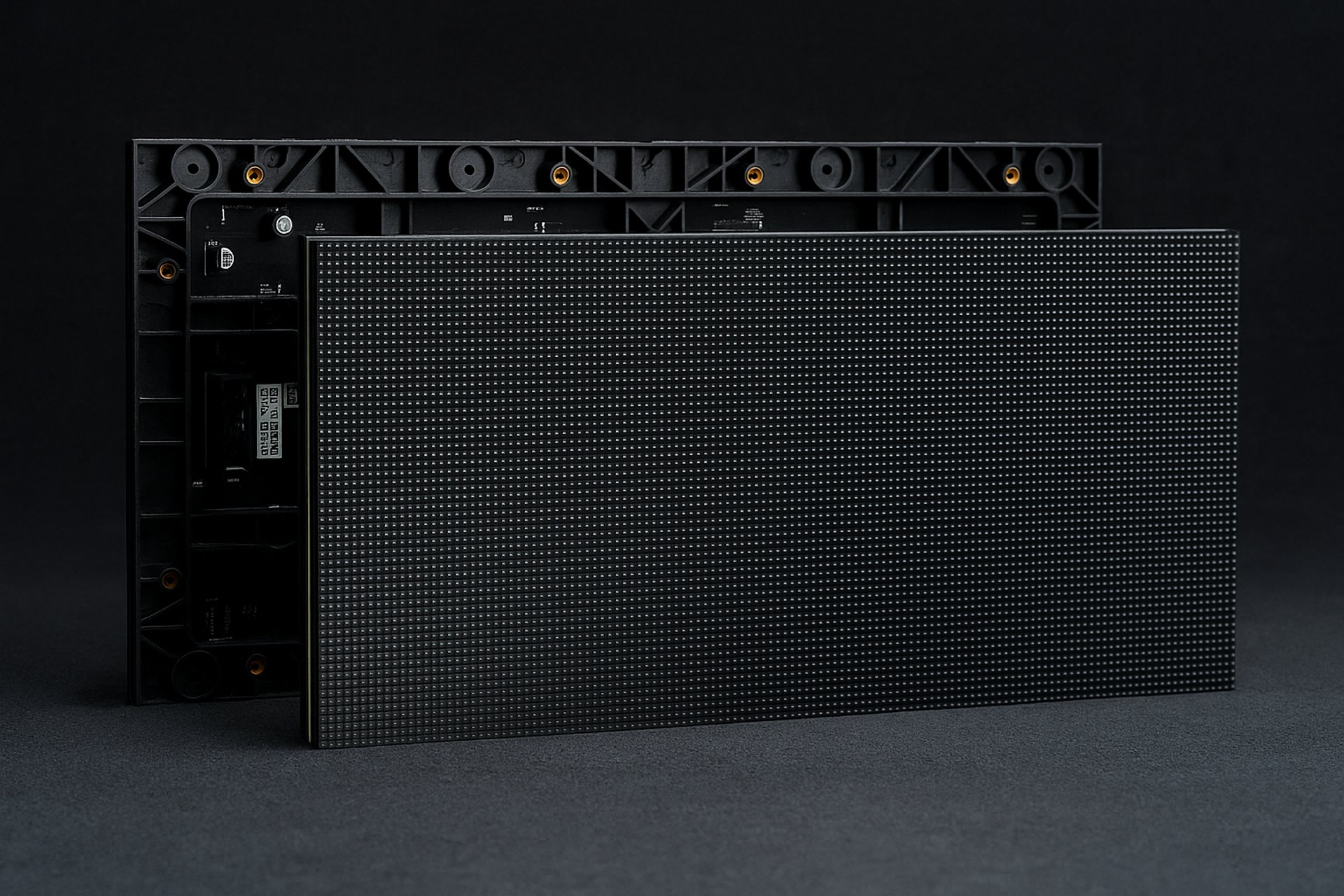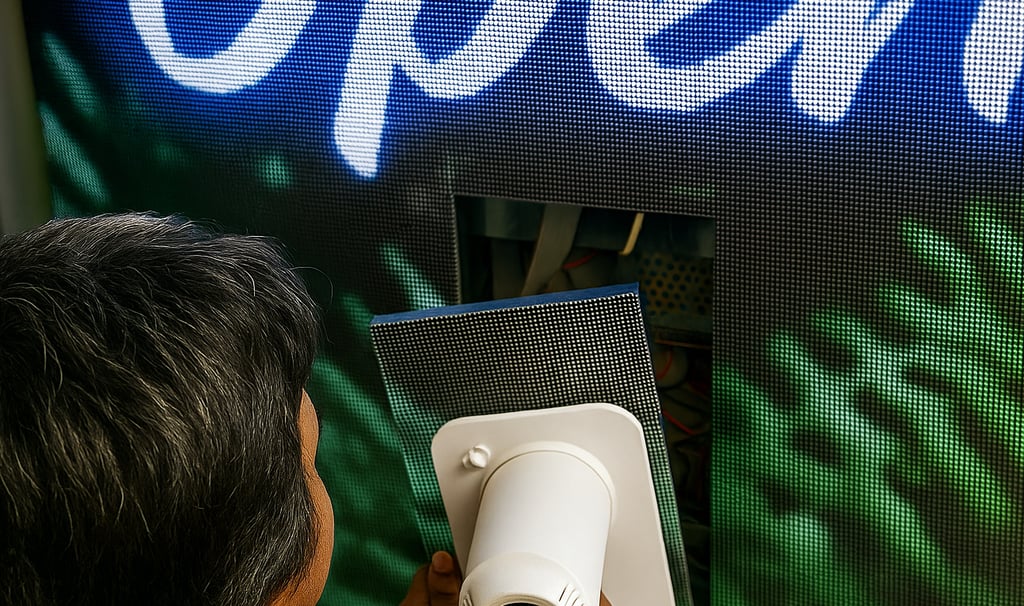
Do You Know Your Pixel Pitch? A Quick Guide for Indoor LED Screens



When it comes to choosing an indoor LED screen for your business, there’s one term you’ll hear again and again: pixel pitch. It might sound technical, but understanding pixel pitch can help you make smarter decisions—especially if you want your visuals to look sharp, clear, and professional. Let’s break it down in the simplest way possible.
Pixel pitch refers to the distance between the center of one LED pixel to the next, measured in millimeters. In short, it tells you how close the pixels are packed together on the screen. The smaller the number, the closer the pixels, which means higher resolution and better image clarity—especially when viewed up close.
But is smaller always better? Not necessarily. While a smaller pixel pitch gives you better image quality, it also comes with a higher price tag. And the truth is: you don’t always need the highest resolution—it depends on how far your viewers will stand from the screen. Here’s a quick rule of thumb: for indoor screens, the minimum viewing distance in meters should roughly match the pixel pitch in millimeters. For example, a P2.5 screen (2.5 mm pitch) is best viewed from 2.5 meters away or more.
Here are some popular pixel pitch options for indoor use. A P4 screen (4 mm) is ideal for large rooms or lobbies where people will be at a distance. P3 screens work well for retail or indoor stages. P2.5 is perfect for mid-sized areas like showrooms or restaurants. And for closer viewing—like in luxury retail or meeting rooms—P2 or even smaller is the right call. If your customers will be standing very close to the screen, go with P2.5 or smaller. But for general visibility from a distance, P3 or P4 often gives you the best value.
To simplify your decision, ask yourself three questions: Where will the screen be placed? How far is the average viewer? And what’s the purpose of the screen? If it’s for branding or showcasing detailed visuals, higher resolution helps. But if it’s for general announcements or ambiance, a bigger pixel pitch is totally fine.
And remember—content matters too. No matter how sharp your screen is, bad content will still look… well, bad. Make sure your visuals are sized correctly for the screen’s resolution and aspect ratio. If in doubt, ask your vendor to help you optimize.
If all this feels a bit overwhelming, you’re not alone. You don’t need to become a pixel expert overnight. The good news? Our team helps clients in Bali and beyond choose the right LED screen every day—from planning, pixel matching, to final installation.
Want to explore which LED screen is best for your space?
Check out our recent LED projects or contact us here for a friendly consultation. No pressure—just help
